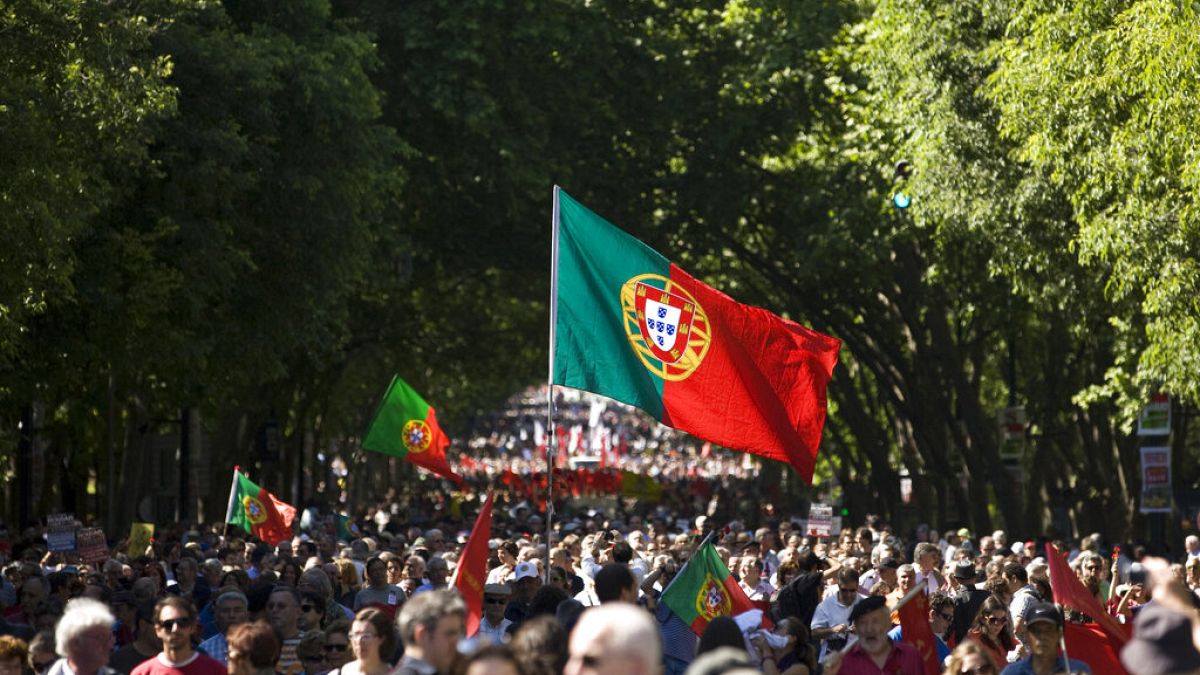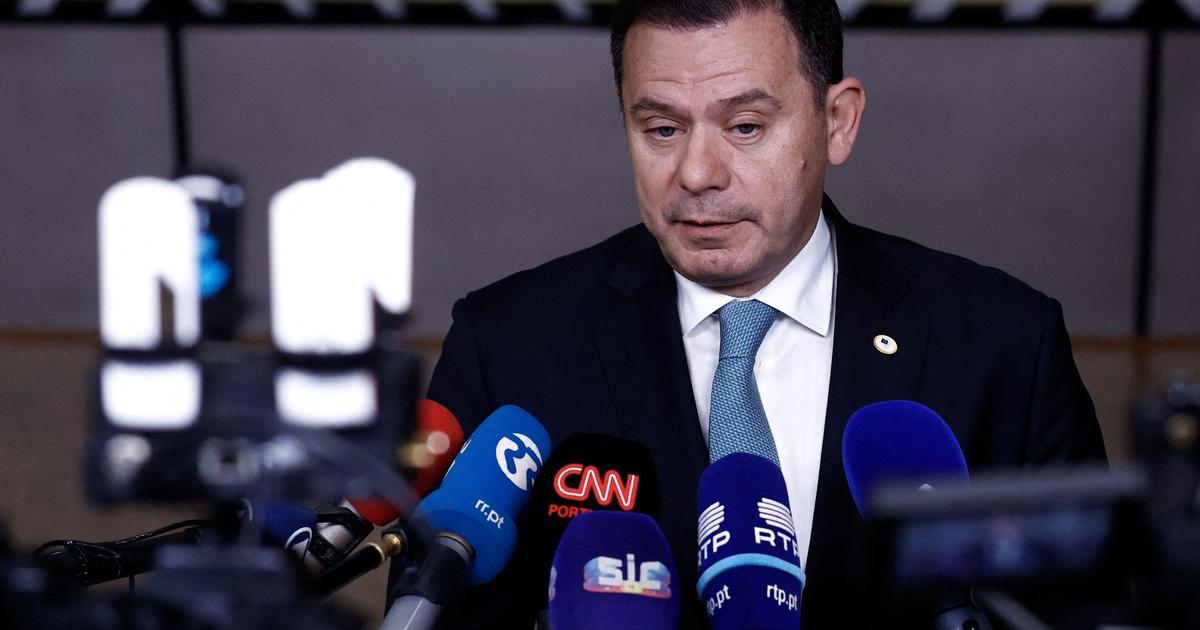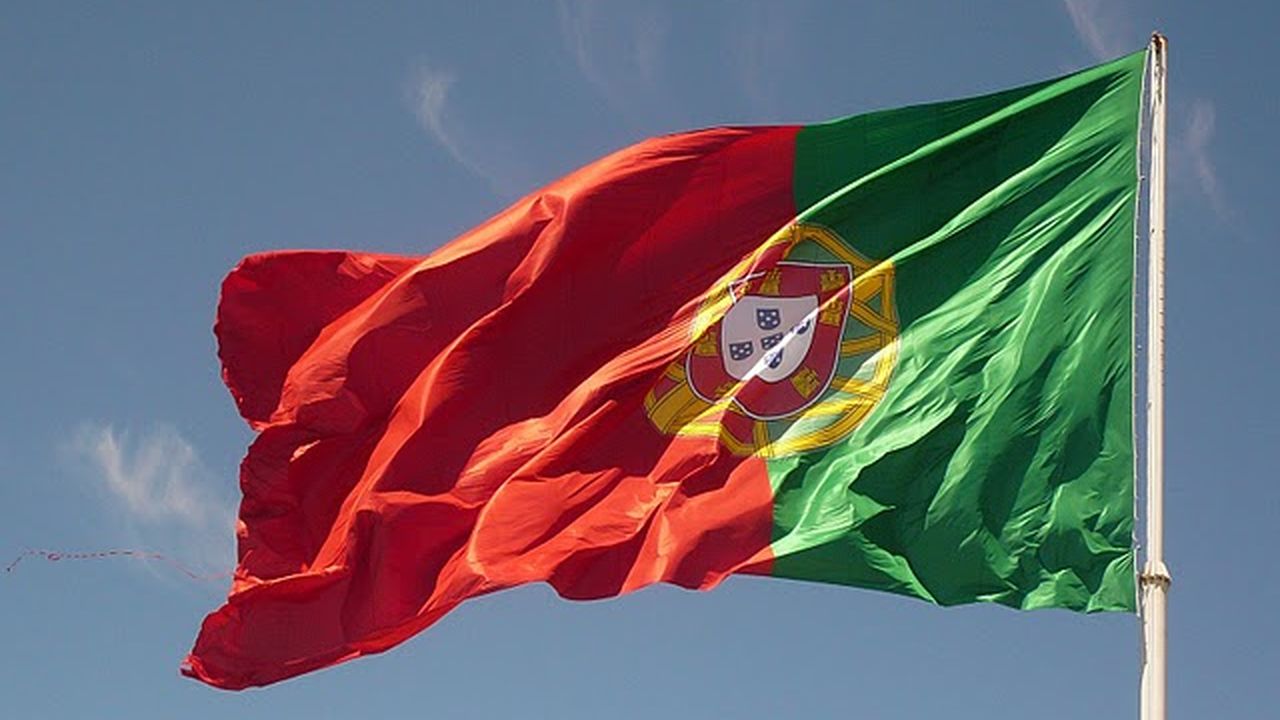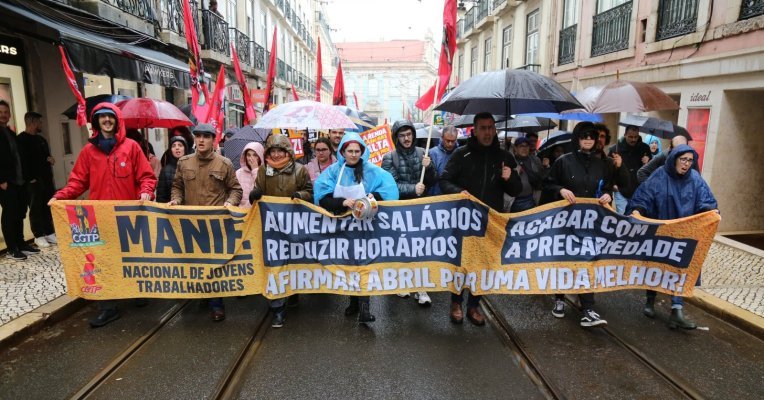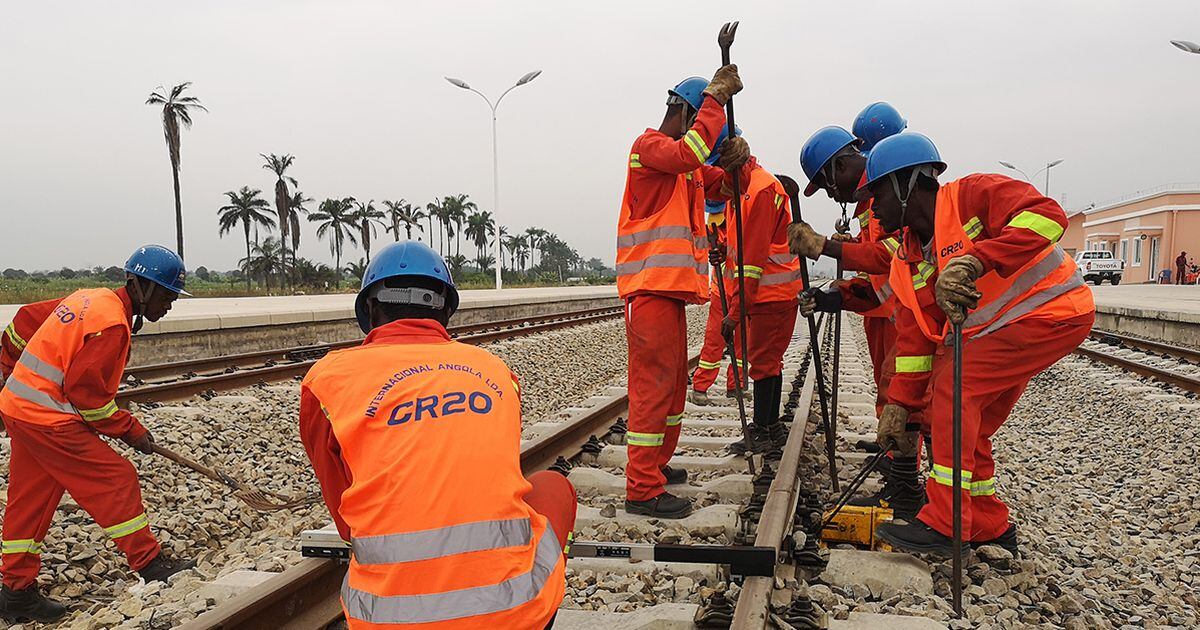
Earlier this week, Luanda and Kinshasa awarded a group of investors a 30-year concession to operate the line linking the Angolan port of Lobito to Kolwezi, in the heart of the DRC’s mineral-producing region, including copper.
Partially funded by the United States, this $555 million project should make it possible to develop the export of copper ore, among other things, regional trade and strengthen Angola’s relations with Western countries.
This railway stretches for 1,700 kilometers and was built 100 years ago by British investors.
But the Angolan part of the line was closed at the height of the country’s civil war between 1975 and 2002, and then abandoned.
Reconstruite by a Chinese societal, elle a rouvert in 2015, is the traffic not a jamais vraiment repris, avec environ un train toutes les deux semaines, selon Vecturis, l’operateur belge qui la gère et fait aujourd’hui partie de la nouvelle waiver.
According to Marcel Longang, director of infrastructure at the National Railway Company of the Democratic Republic of the Congo (SNCC), the Congolese part, which dates back to the colonial era, is not well maintained.
Read also: The Great Powers’ War for Control of Critical Minerals: An Opportunity for Africa, But…
“We have an average of three derailments per day due to the rickety condition of the tracks, and our locomotives are running in several places at two kilometers per hour,” he told AFP.
very long and expensive
Faced with this situation, mining companies prefer to transport ore overland to Lobito and other often saturated ports in Tanzania, Kenya, Mozambique or South Africa, but this very expensive transportation takes weeks.
However, with demand for some base metals for the energy transition set to quadruple by 2040, according to the International Energy Agency, new export avenues are essential, said Louis Watum, president of the DRC Chamber of Mines.
The Democratic Republic of the Congo is the world’s leading producer of cobalt and the leading African producer of copper, two minerals used to make solar panels or electric cars.
“We already have huge rows of trucks” at the land border point between Zambia and the Democratic Republic of the Congo, which then makes it possible to reach African ports on the Indian Ocean, he assured AFP.
Read also: Global Energy Transition: Here’s How Africa Can Benefit From Its Mineral Resources
The consortium, which includes commodities trader Trafigura and Portuguese construction company Mota Engel, hopes to cut travel time between the DRC and Lobito to less than 36 hours, with at least six trains per day by the next five years.
To achieve this, he intends to invest about $ 455 million in Angola, including the purchase of more than 1,500 wagons or locomotives and the repair of bridges or tracks.
to Zambia
Another envelope of about $100 million will be allocated to the Democratic Republic of the Congo, and the consortium does not rule out extending the road to Zambia.
Half of these amounts will be funded by DFC, the International Development Finance Corporation, a US government agency.
This funding comes at a time when China and the United States are competing over African territory to secure access to natural resources.
It also marks a change in Angolan diplomacy. The oil-rich country has long-standing close ties with China and Russia.
Read also: Lithium in Africa: Land of the Sino-US Rivalry
Angola and the Democratic Republic of the Congo also hope to reap a regional economic benefit from it.
“Our interest in the (railway) corridor is to promote trade between our two countries,” said Angolan Transport Minister Ricardo Dabro on this point.
He noted that agriculture could also benefit from this new transportation infrastructure.
Last week, the Angolan government confirmed that the renewal of this railway line could increase the gross domestic product of these three countries by $177 billion, without specifying a deadline for achieving this result.
Africa is rich in infrastructure projects that are never completed, warned independent analyst Marisa Lourenco, while saying she was “reasonably optimistic”.
It should start working within the next three months, according to Vecturis.
by Le360 Africa (with AFP)
On 09/07/2023 at 07:43

